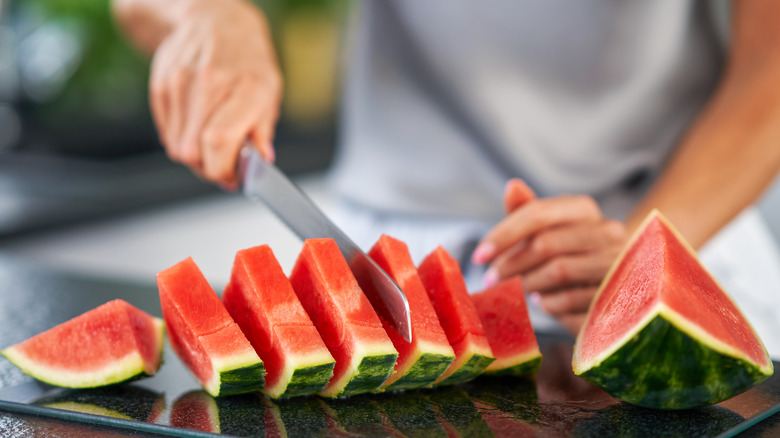In the world of culinary arts, the Japanese knife is revered among kitchen professionals for its precision, sharpness, and design. Understanding how to cut with a Japanese knife is essential for chefs who want to elevate their culinary skills. This guide aims to provide you with deep insights into handling this respected tool, ensuring every slice is executed with excellence.

Understanding Japanese Knives
Japanese knives differ significantly from their Western counterparts. They are renowned for their sharpness and lightweight nature, thanks to their uniquely honed edges and high carbon steel compositions. Versatile in the kitchen, Japanese knives like the Santoku and Gyuto come with distinct advantages. To appreciate the art of cutting with these knives, one must delve into their heritage and craftsmanship. You can explore different types of Japanese knives in detail through this article.
Essential Cutting Techniques with Japanese Knives
When mastering how to cut with a Japanese knife, it is crucial to adopt the correct techniques. Traditional Japanese cutting techniques prioritize control and finesse:
1. The Slicing Motion
Unlike Western knives, which often utilize a forceful chopping action, Japanese knives excel in slicing motions. This involves drawing the knife expertly towards oneself, relying on the blade's weight and sharpness to do most of the work. It preserves the integrity of the ingredients, resulting in cleaner cuts.
2. Chopping and Dicing
For chopping or dicing, using a gentle up-and-down movement with minimal force ensures straight edges and consistent sizes. Remember to grip the knife gently but firmly and maintain a steady hand. The elegance of the action lies in its simplicity.
How to Maintain a Japanese Knife
Caring for your Japanese knife is vital for ongoing performance. Proper maintenance involves regular sharpening, cleaning, and storage practices. For a step-by-step guide on caring for Japanese knives, consider reading through this resource.
Choosing the Right Knife for the Job
To truly master how to cut with a Japanese knife, selecting the appropriate knife for specific tasks is paramount. Whether slicing fish for sashimi or chopping vegetables, understanding which knife suits each task can greatly enhance efficiency and precision.
The Gyuto knife, akin to the chef's knife in Western kitchens, is perfect for various tasks, while the Santoku is an excellent choice for streamlining chopping, slicing, and dicing of vegetables and boneless meats. For more specifics on different types of kitchen knives and their uses, this article provides a comprehensive overview.
Final Thoughts
Becoming proficient in how to cut with a Japanese knife necessitates practice and proper technique. Embrace the elegance and precision Japanese knives bring to the kitchen, and allow each movement to reflect your culinary finesse. Remember, a well-maintained knife is a chef's best companion.

FAQs
What is the best way to hold a Japanese knife?
A proper grip involves placing your thumb and forefinger on either side of the blade while using the other fingers to wrap around the handle. More on how to hold a Japanese knife can be found here.
How often should I sharpen my Japanese knife?
Sharpening varies depending on usage, but as a rule of thumb, sharpening every 3-6 months should suffice. Detailed instructions on sharpening can be explored in this guide.
Why is my Japanese knife rusting?
Japanese knives are prone to rust due to high carbon content. Ensuring the knife is dried thoroughly after each use and storing it properly can prevent rusting. For more detailed storage practices, visit this article.
This article contains affiliate links. We may earn a commission at no extra cost to you.


























